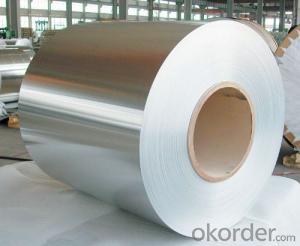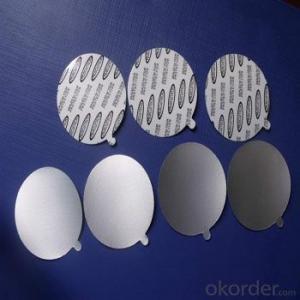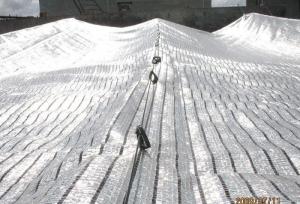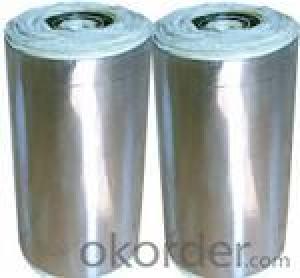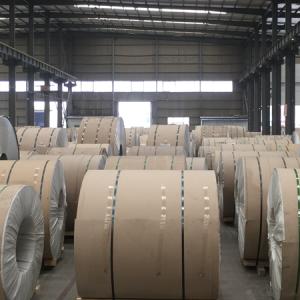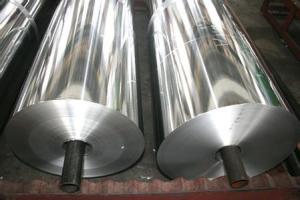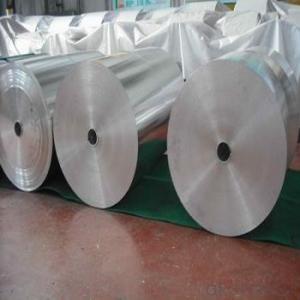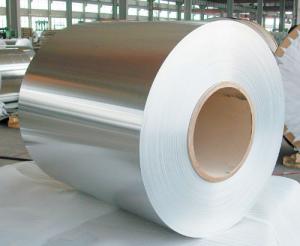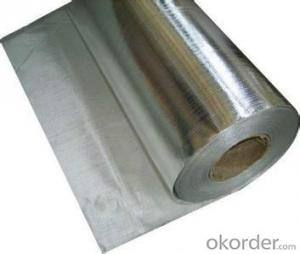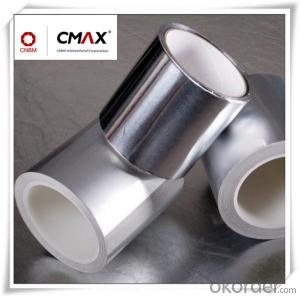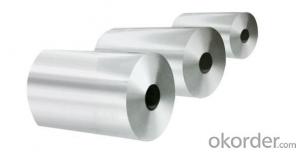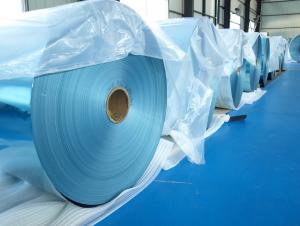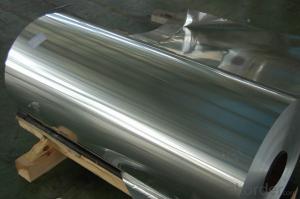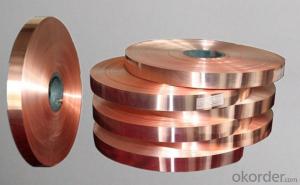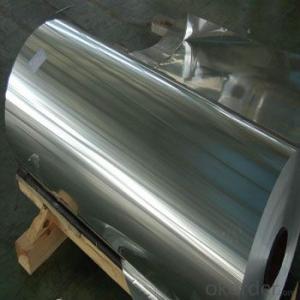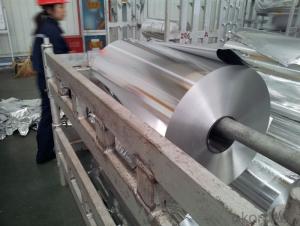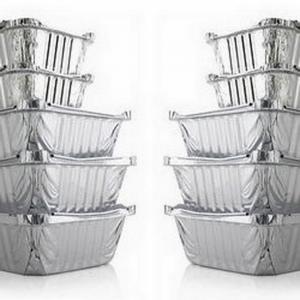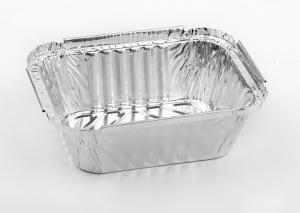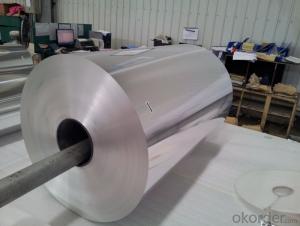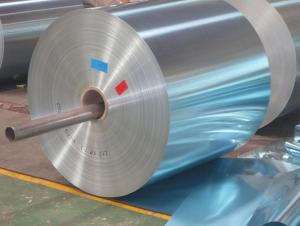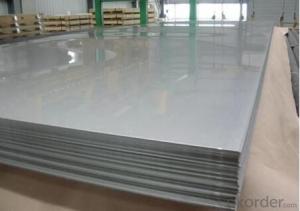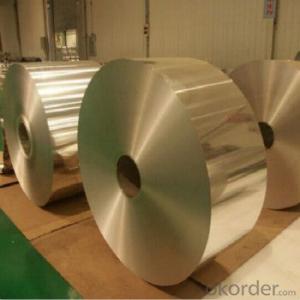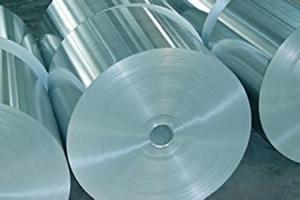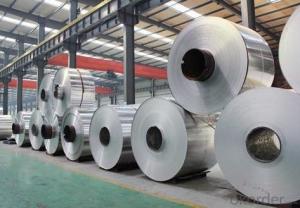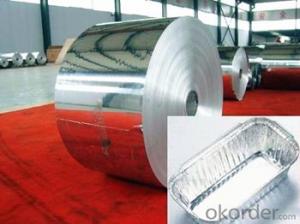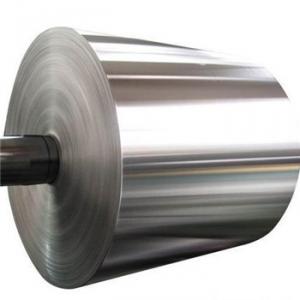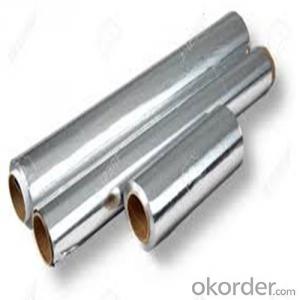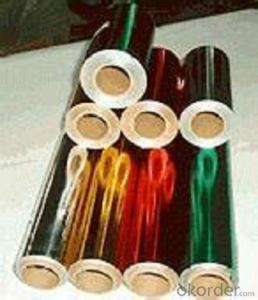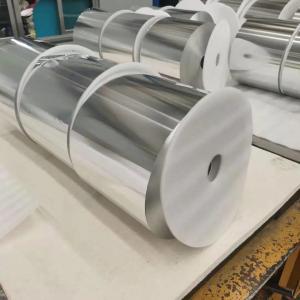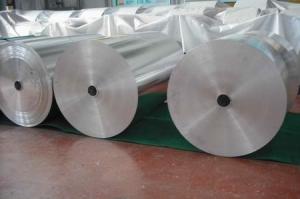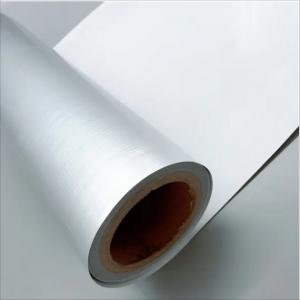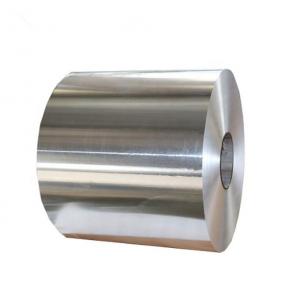Big Roll Of Aluminum Foil
Big Roll Of Aluminum Foil Related Searches
Large Roll Of Aluminum Foil Large Roll Aluminum Foil Big Aluminum Foil Large Aluminum Foil Large Size Aluminum Foil Roll Aluminum Foil Aluminum Foil Rolls Giant Aluminum Foil Aluminum Foil Small Roll Large Aluminum Foil Tray Aluminum Foil Paper Roll Aluminum Foil Film Roll Great Value Aluminum Foil Extra Large Aluminum Foil Large Aluminum Foil Sheets Colored Aluminum Foil Rolls Giant Aluminum Foil Ball Box Of Aluminum Foil Mass Of Aluminum Foil Black Aluminum Foil Roll 1000 Ft Roll Aluminum Foil Aluminum Foil Bulk High Quality Aluminum Foil Bulk Aluminum Foil Ball Of Aluminum Foil Wide Aluminum Foil Heavy Aluminum Foil Aluminum Foil Rollers Sheet Of Aluminum Foil 100 Layers Of Aluminum FoilBig Roll Of Aluminum Foil Supplier & Manufacturer from China
Big Roll Of Aluminum Foil is a versatile product that comes in large rolls, making it ideal for various applications such as food packaging, insulation, and heat reflection. This product is known for its durability and ability to withstand high temperatures, making it a popular choice for both commercial and household use. The Big Roll Of Aluminum Foil is widely used in kitchens for baking, cooking, and food storage, as well as in construction and automotive industries for insulation and heat management.The Big Roll Of Aluminum Foil is an essential item in many settings, from catering businesses to home kitchens, due to its practicality and efficiency. It is commonly used for wrapping food items to keep them fresh, or for lining baking sheets to prevent food from sticking. Additionally, it can be used for covering dishes during cooking to retain moisture and heat, or for creating makeshift containers for liquids. In industrial settings, the Big Roll Of Aluminum Foil is utilized for insulation purposes, such as in the construction of buildings or in automotive applications to protect against heat and cold.
Okorder.com is a leading wholesale supplier of the Big Roll Of Aluminum Foil, offering a vast inventory to cater to the needs of various industries and consumers. As a reliable source for this product, Okorder.com ensures that customers receive high-quality aluminum foil rolls at competitive prices. With their extensive stock, customers can expect prompt delivery and excellent service, making Okorder.com the go-to destination for all Big Roll Of Aluminum Foil requirements.
Hot Products
